Urbanization is a double-edged sword. On one hand, it brings about economic growth, modernization, and improved infrastructure; on the other hand, it poses significant threats to local ecosystems and biodiversity. As cities expand and natural habitats are altered or lost, the delicate balance of nature is disrupted, leading to a cascade of consequences that affect not just wildlife, but human communities as well. This article delves into the multifaceted impacts of urbanization on local biodiversity, shedding light on the challenges we face and the opportunities that lie ahead.
One of the most immediate effects of urbanization is the **loss of habitat**. As cities grow, forests, wetlands, and grasslands are cleared to make way for buildings, roads, and other infrastructure. This **habitat destruction** directly impacts local flora and fauna, leading to a decrease in biodiversity. For instance, when a forest is cut down, the animals that rely on it for shelter and food are often forced to migrate or face extinction. The extent of this habitat loss is staggering; studies indicate that urban areas have expanded by over 200% in the last few decades, resulting in the destruction of countless ecosystems.
As urban areas expand, they often fragment ecosystems, isolating species and disrupting their natural behaviors. This fragmentation can lead to a phenomenon known as the **"edge effect,"** where the conditions at the boundaries of urban areas differ significantly from those in the interior of natural habitats. For example, the edges may experience increased sunlight, wind, and human activity, which can alter the microclimates and species interactions in these areas.
Edge effects can have profound implications for biodiversity. They can create conditions that favor certain species over others, leading to a shift in community composition. For instance, some species may thrive in the altered conditions of an urban edge, while others, particularly sensitive species, may struggle to survive. This imbalance can ultimately lead to a decline in overall biodiversity.
Urban areas often experience significant changes in temperature and moisture levels compared to surrounding habitats. These **microclimate changes** can affect the survival and reproduction of local species. For example, the urban heat island effect can raise temperatures in cities, making it difficult for certain plant species to thrive. As a result, the entire ecosystem can be thrown out of balance, affecting everything from pollinators to larger predators.
Urbanization can also disrupt the intricate web of **species interactions** that sustain ecosystems. Predator-prey relationships may be altered, leading to overpopulation of some species while others decline. For instance, if urban development reduces the habitat available for predators, prey species might flourish unchecked, resulting in overgrazing or overbrowsing that can further degrade the environment.
Urban areas are often hotspots for **invasive species**, which can outcompete native species for resources. As cities expand, they create ideal conditions for invasives to thrive, often leading to the decline or extinction of local species. The introduction of non-native plants and animals can disrupt established ecosystems, making it increasingly difficult for native species to survive.
Urbanization contributes to various forms of **pollution**, including air, water, and soil contamination. These pollutants can have detrimental effects on local wildlife and plant species, leading to declines in biodiversity. For example, air pollution can harm sensitive species, while contaminated water can disrupt aquatic ecosystems.
Poor air quality in urban areas can adversely affect both human health and local biodiversity. Sensitive species, particularly those that rely on clean air for survival, may struggle to thrive in polluted environments. This decline can ripple through the ecosystem, impacting everything from plant life to larger predators.
Urban runoff can lead to **water pollution**, significantly affecting aquatic ecosystems. As rainwater washes over impervious surfaces, it collects pollutants that are then channeled into rivers and lakes. This degradation of water quality can lead to a decline in fish populations and other aquatic life, further diminishing biodiversity in urban waterways.
Despite the challenges posed by urbanization, the presence of **parks and green spaces** can support biodiversity in urban areas. Thoughtful urban planning that incorporates green spaces can enhance local ecosystems, providing habitats for wildlife and opportunities for community engagement. These areas can serve as refuges for native species, helping to mitigate some of the negative impacts of urbanization.
Creating **wildlife corridors** can help connect fragmented habitats, allowing species to move freely and maintain healthy populations. These corridors are vital for biodiversity conservation in urban settings, as they facilitate the movement of animals between isolated patches of habitat, ensuring genetic diversity and ecosystem resilience.
Community involvement in biodiversity initiatives can significantly enhance urban green spaces. Successful case studies have shown that when local communities engage in conservation efforts, they can create vibrant ecosystems that support a variety of species. From community gardens to park clean-up events, these initiatives not only improve local biodiversity but also foster a sense of connection among residents.
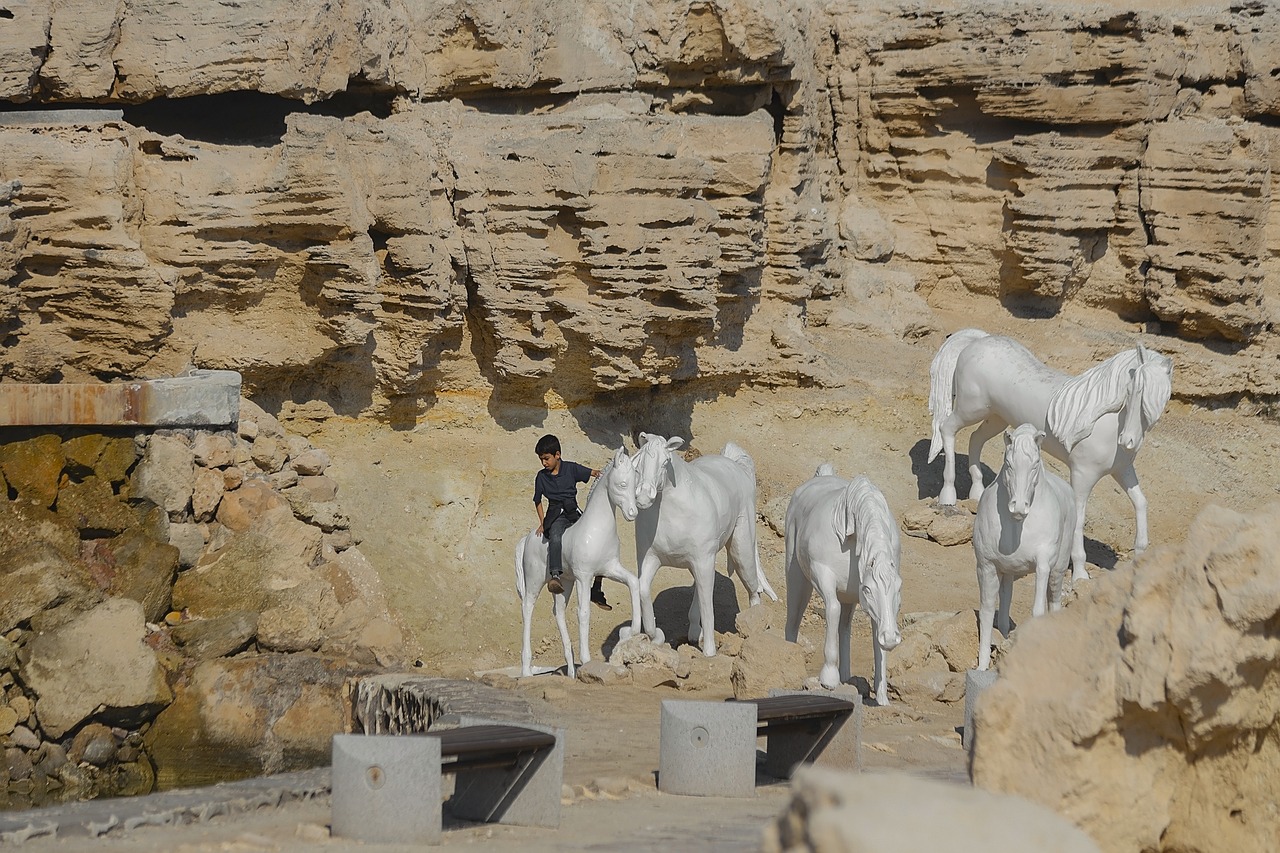
Urbanization is like a double-edged sword; while it brings about development and modernization, it simultaneously wreaks havoc on our natural environments. As cities expand, they often swallow up vast areas of land that were once rich in biodiversity. This is one of the most pressing issues facing local ecosystems today. When forests, wetlands, and grasslands are cleared for buildings and roads, the intricate web of life that once thrived there starts to unravel.
The extent of habitat loss can be staggering. According to recent studies, urban areas have increased by approximately 1.5 million square kilometers globally in the last few decades. This expansion not only diminishes the natural landscape but also fragments existing habitats, isolating wildlife populations and making it challenging for them to survive. Imagine a vibrant city where once there were lush green fields and thriving wildlife; now, those creatures are forced to adapt to a concrete jungle.
As habitats shrink, various species face dire consequences. Many plants and animals have specific habitat requirements, and when those are disrupted, their survival is threatened. For instance, the loss of wetlands can lead to a decline in amphibian populations, as these creatures rely on such environments for breeding and feeding. The ripple effect of this habitat destruction can lead to extinction for some species, while others may struggle to adapt to the rapidly changing conditions.
Furthermore, the effects of habitat loss are not limited to just wildlife. Local ecosystems play a crucial role in maintaining environmental balance. They regulate climate, filter water, and provide essential resources. When these systems are disrupted, it can lead to a cascade of negative impacts, including increased flooding, poor air quality, and diminished water resources. It's a stark reminder that every living organism, no matter how small, plays a vital role in the health of our planet.
In urban areas, the challenge lies in finding a balance between development and conservation. Innovative urban planning strategies can help mitigate the impacts of habitat loss. For instance, integrating green roofs, vertical gardens, and urban parks can create pockets of biodiversity amidst the concrete. These green spaces serve as vital refuges for wildlife, providing essential habitats and promoting ecological resilience.
Ultimately, the loss of habitat due to urbanization is a complex issue that requires immediate attention. By recognizing the importance of local ecosystems and implementing sustainable practices, we can work towards a future where urban development and biodiversity coexist harmoniously. As we navigate this urban landscape, we must ask ourselves: How can we preserve the natural world while embracing progress? The answer may lie in our ability to innovate and collaborate.
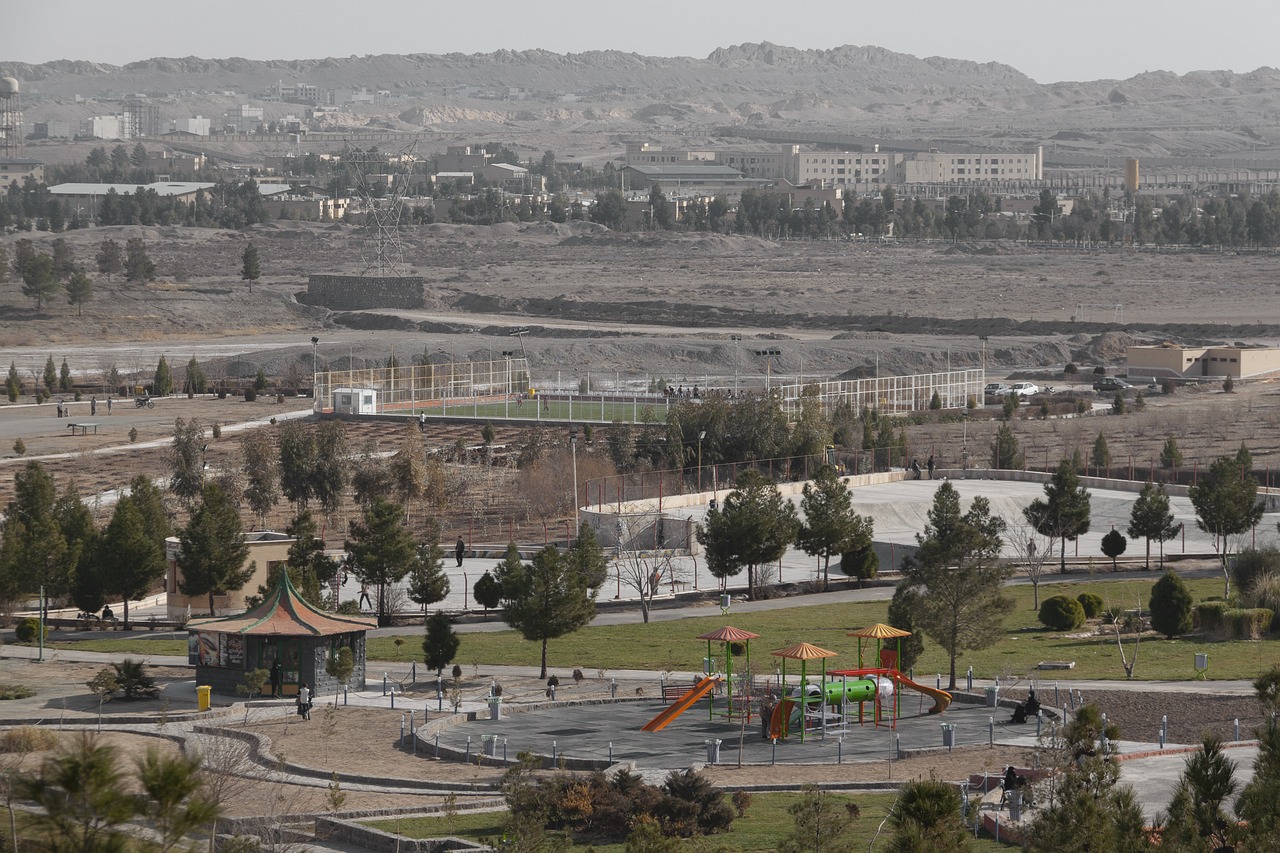
As cities expand, the once vast and interconnected ecosystems become fragmented, leading to a series of challenges that threaten local biodiversity. Imagine a puzzle where pieces are scattered across a table; this is akin to what happens to wildlife habitats when urban development encroaches. The once seamless tapestry of nature is now a patchwork of isolated patches, each struggling to support its inhabitants. This fragmentation can isolate species, making it difficult for them to find mates, food, and shelter, ultimately jeopardizing their survival.
The consequences of ecosystem fragmentation are profound and multifaceted. When habitats are divided, species that rely on large territories may find themselves confined to smaller areas, which can lead to increased competition for resources. For instance, consider the plight of a deer population that once roamed freely across a wide landscape. With urban sprawl, their habitat is reduced to a few small parks, where they must compete with other wildlife and face threats from human activities. This not only affects the deer but also the predators that rely on them, disrupting the entire food web.
Furthermore, fragmentation can lead to what are known as edge effects. These occur at the boundaries of urban areas where natural habitats meet human developments. The edges can create microclimates that differ significantly from the interiors of the habitats, often leading to changes in temperature, light, and moisture levels. For example, the sunny, dry edges of a forest may become inhospitable for shade-loving plants, while invasive species may thrive in these altered conditions, further threatening native flora and fauna.
Edge effects can significantly influence species interactions and biodiversity. The changes in habitat conditions can lead to shifts in species distribution, as some organisms may adapt to or thrive in edge environments, while others may decline. This creates a scenario where the edge becomes a hotspot for certain species, while interior areas lose their biodiversity. For example, birds that prefer open areas may flourish at the edges, while those that require dense forest cover may struggle to survive.
Urban areas frequently experience unique microclimate conditions that differ from surrounding natural habitats. These changes can manifest in various ways, such as increased temperatures due to the urban heat island effect, where concrete and asphalt absorb and retain heat. This can lead to a scenario where local species must adapt to higher temperatures or altered moisture levels. For instance, amphibians, which are sensitive to temperature and moisture changes, may find it increasingly difficult to thrive in these modified environments.
Moreover, urbanization disrupts the intricate web of species interactions. Predators and prey may find themselves in a tug-of-war for survival as urban landscapes alter their natural behaviors. For example, a decline in small mammal populations due to habitat loss can lead to a corresponding drop in predator species, which rely on these mammals for food. This disruption can cascade through the ecosystem, affecting plant populations and overall biodiversity.
In conclusion, the fragmentation of ecosystems due to urbanization poses significant challenges for local biodiversity. As habitats become isolated and altered, species face increasing pressures that threaten their survival. Understanding these dynamics is crucial for developing effective conservation strategies that can help mitigate the impacts of urbanization on our natural world.
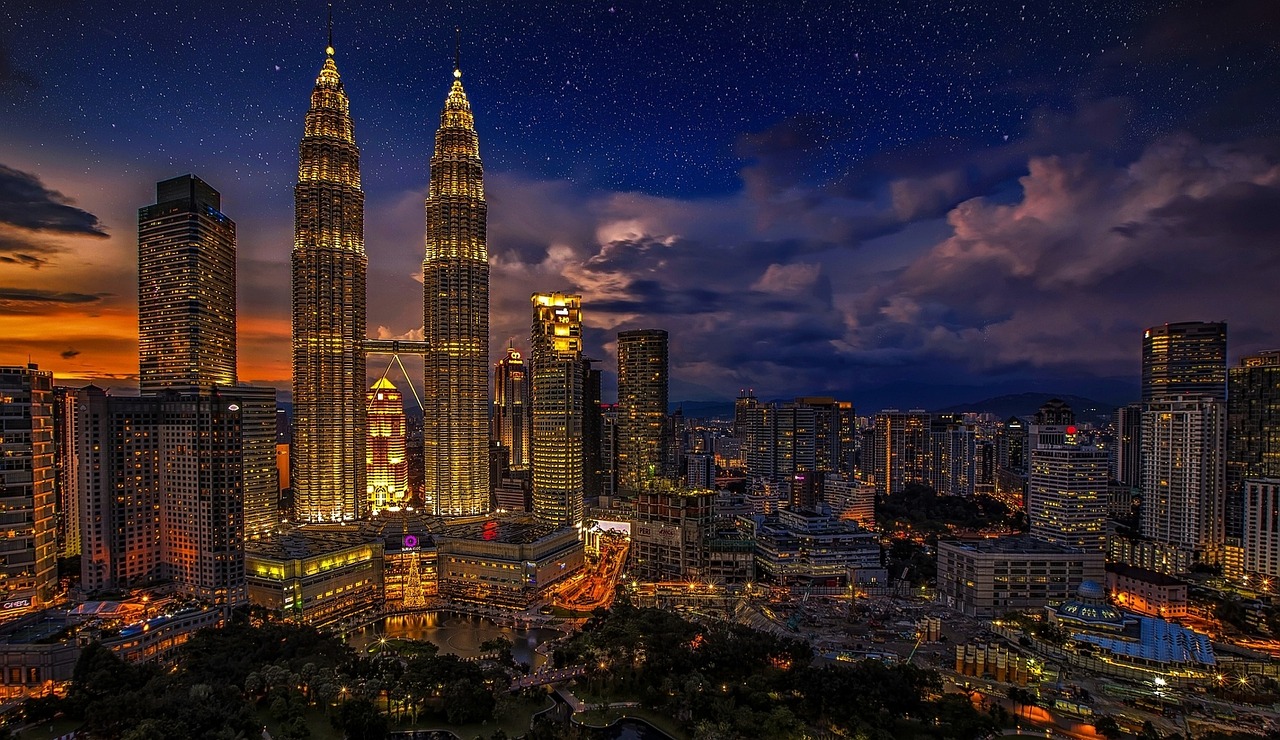
The phenomenon of emerges when urban landscapes encroach upon natural habitats, creating a distinct boundary between the two environments. This transition zone, often referred to as an "urban edge," can dramatically alter the dynamics of biodiversity. Think of it as a double-edged sword: while it may introduce new opportunities for certain species, it simultaneously poses significant challenges for many others. These edges can lead to changes in microclimates, which in turn affect the flora and fauna that inhabit these areas.
One of the most notable changes that occur at these edges is the alteration of microclimates. Urban areas tend to be warmer and drier than their surrounding natural habitats. This phenomenon, known as the urban heat island effect, can create a hostile environment for many native species that are adapted to specific temperature and moisture levels. For example, species that thrive in cooler, shaded environments may struggle to survive as the temperature rises and moisture levels drop.
Moreover, the interaction between species in these edge environments can become quite complex. The introduction of urban-related species can lead to increased competition for resources. Native species may find themselves at a disadvantage, as they are not only competing with their natural counterparts but also with new arrivals that have adapted to urban settings. This can disrupt traditional predator-prey relationships and alter the balance of the ecosystem.
To illustrate the impact of edge effects, consider the following table that summarizes key changes observed in urban edge environments:
| Aspect | Urban Edge Impact |
|---|---|
| Microclimate | Higher temperatures and lower humidity |
| Species Interaction | Increased competition and altered predator-prey dynamics |
| Biodiversity | Potential loss of native species |
In conclusion, the edge effects generated by urbanization present a complex set of challenges for local biodiversity. While some species may adapt and thrive in these altered environments, many others face significant threats to their survival. Understanding these dynamics is crucial for effective urban planning and biodiversity conservation efforts.
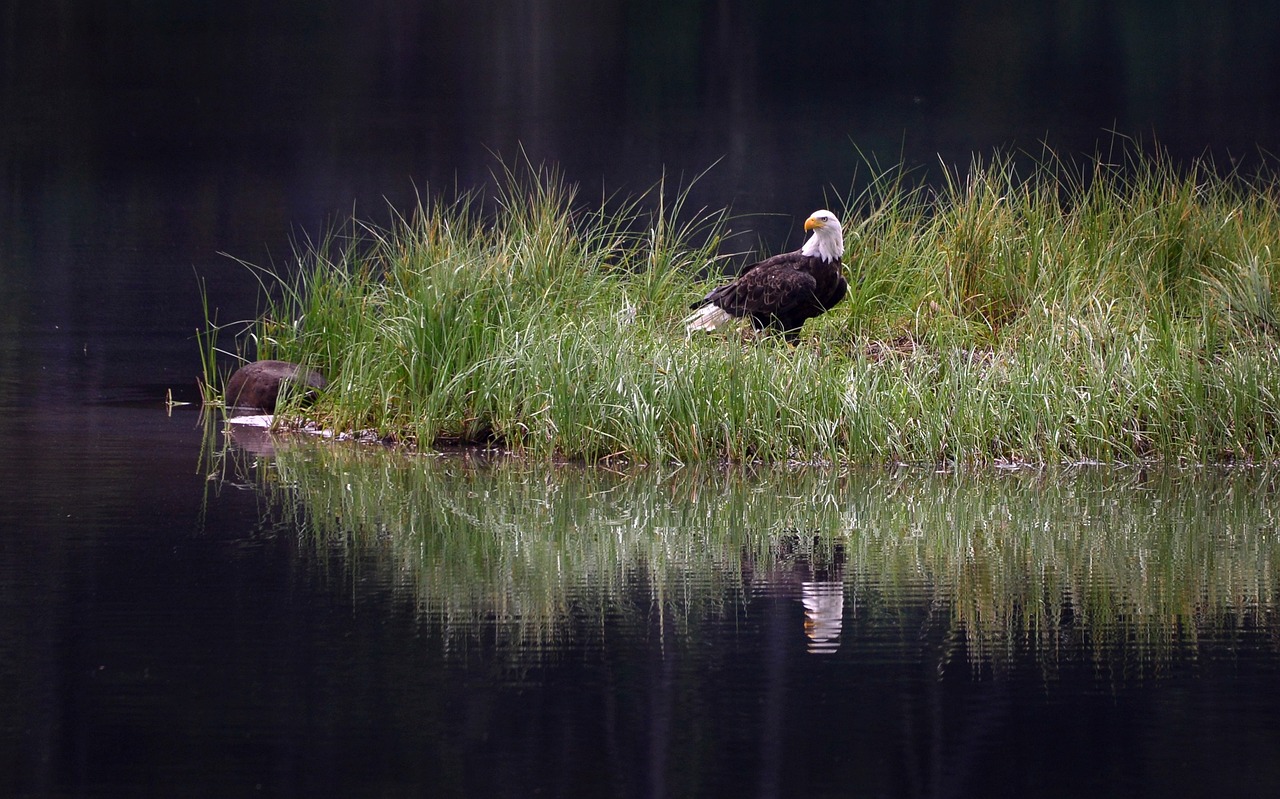
Urbanization significantly alters the microclimate of an area, creating conditions that can be drastically different from the surrounding natural habitats. This phenomenon occurs due to various factors, including the extensive use of concrete, asphalt, and other materials that absorb and retain heat, leading to what is commonly known as the urban heat island effect. As cities expand, they not only replace green spaces with hard surfaces but also change the natural airflow and moisture levels, which can have profound impacts on local biodiversity.
For instance, urban areas often experience higher temperatures, lower humidity, and altered precipitation patterns compared to their rural counterparts. These microclimate changes can create a hostile environment for many native species that are adapted to specific climatic conditions. Imagine a bird species that thrives in a cool, moist forest suddenly finding itself in a hot, dry city. The stress of such a rapid change can lead to decreased populations or even local extinction.
Moreover, the introduction of artificial lighting in urban areas can disrupt natural behaviors of nocturnal species. For example, many insects rely on moonlight for navigation. In cities, bright streetlights can confuse these insects, leading to reduced mating success and altered feeding patterns. This disruption cascades through the food web, affecting not just the insects but also the animals that rely on them for food.
To illustrate the impact of microclimate changes, consider the following table that summarizes key differences between urban and rural microclimates:
| Microclimate Factor | Urban Areas | Rural Areas |
|---|---|---|
| Average Temperature | Higher | Lower |
| Humidity Levels | Lower | Higher |
| Precipitation Patterns | Altered | Natural |
| Wind Patterns | Disrupted | Natural |
In summary, the microclimate changes caused by urbanization can create a challenging environment for local species. These alterations not only affect individual species but can also lead to changes in community dynamics, ultimately impacting the overall biodiversity of urban ecosystems. Understanding these changes is crucial for developing effective conservation strategies that can help mitigate the adverse effects of urbanization on local wildlife.
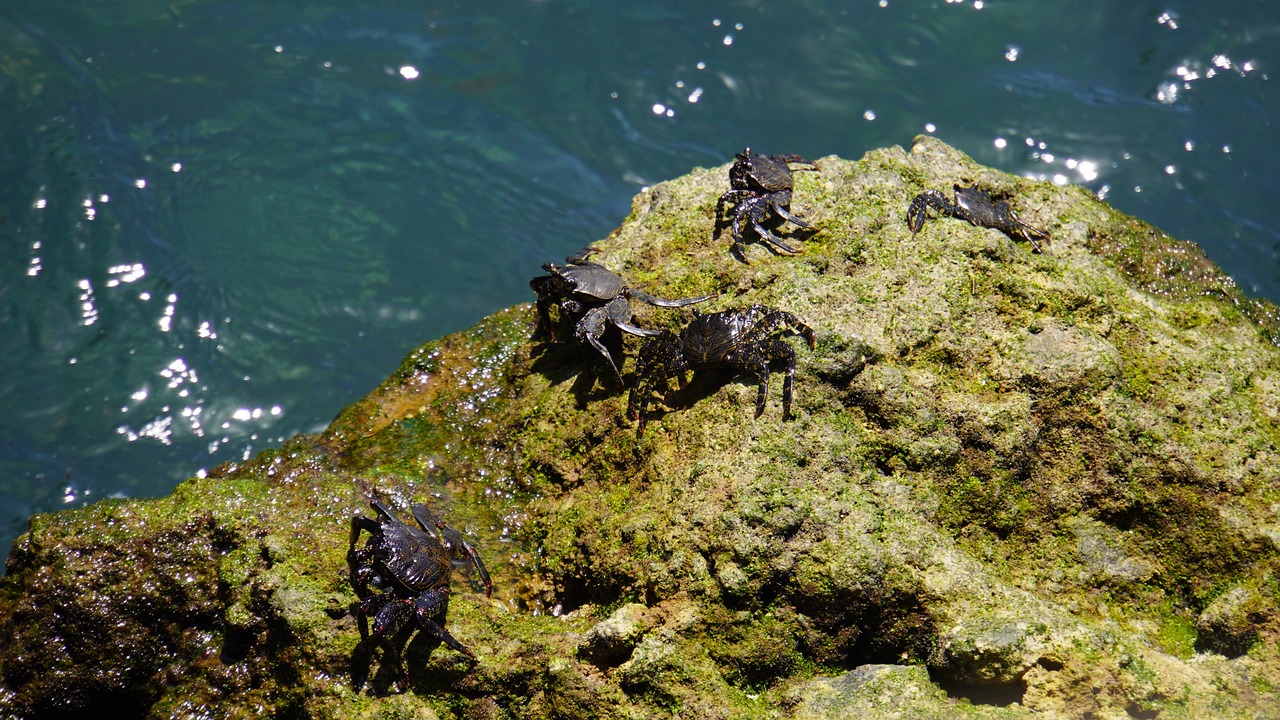
Urbanization dramatically alters the interactions between species, creating a cascade of effects that can ripple through entire ecosystems. Imagine a bustling city where the sounds of nature are replaced by honking cars and construction noise. In this transformed landscape, the delicate balance of predator and prey relationships is often disrupted. For instance, as natural habitats are encroached upon, many native species find themselves competing with urban-adapted species that thrive in these new conditions. This competition can lead to a decline in native populations, as they struggle to adapt to the changing environment.
Moreover, urban areas can become a melting pot of species interactions that would never occur in a natural setting. The introduction of non-native species, often facilitated by human activities, can lead to unexpected alliances and rivalries. For example, urban gardens might attract both native pollinators and invasive species that outcompete them for resources. This competition can result in altered pollination dynamics, affecting plant reproduction and, subsequently, the entire food web.
Another significant aspect of species interactions in urban settings is the change in behavior that many animals exhibit. Some species might alter their foraging patterns or nesting habits in response to human activities and the presence of other species. For instance, birds that once nested in trees may turn to building their nests on buildings or other man-made structures. This shift not only affects their survival but also impacts the overall biodiversity of the area.
To illustrate the complexity of these interactions, consider the following table that summarizes the types of species interactions that can occur in urban environments:
| Type of Interaction | Description | Example |
|---|---|---|
| Competition | Species compete for limited resources such as food, space, or mates. | Native birds competing with invasive sparrows for nesting sites. |
| Predation | Predators hunt prey species, which can be altered by urban development. | Coyotes preying on urban rabbits, which may have fewer escape routes. |
| Mutualism | Two species benefit from their interaction, such as pollination. | Bees pollinating flowers in urban gardens. |
| Commensalism | One species benefits while the other is neither helped nor harmed. | Pigeons nesting on building ledges. |
As we delve deeper into the implications of these altered species interactions, it becomes clear that urbanization is not merely a backdrop for ecological change but a significant driver of it. Understanding these dynamics is crucial for urban planners and conservationists alike, as they seek to create spaces that support biodiversity rather than hinder it.
In summary, the interactions between species in urban environments are complex and multifaceted. The presence of invasive species, changes in behavior, and the competition for resources all contribute to a shifting ecological landscape. As we continue to expand our cities, we must remain vigilant about the impacts these changes have on local biodiversity and strive to create urban spaces that foster healthy and sustainable ecosystems.
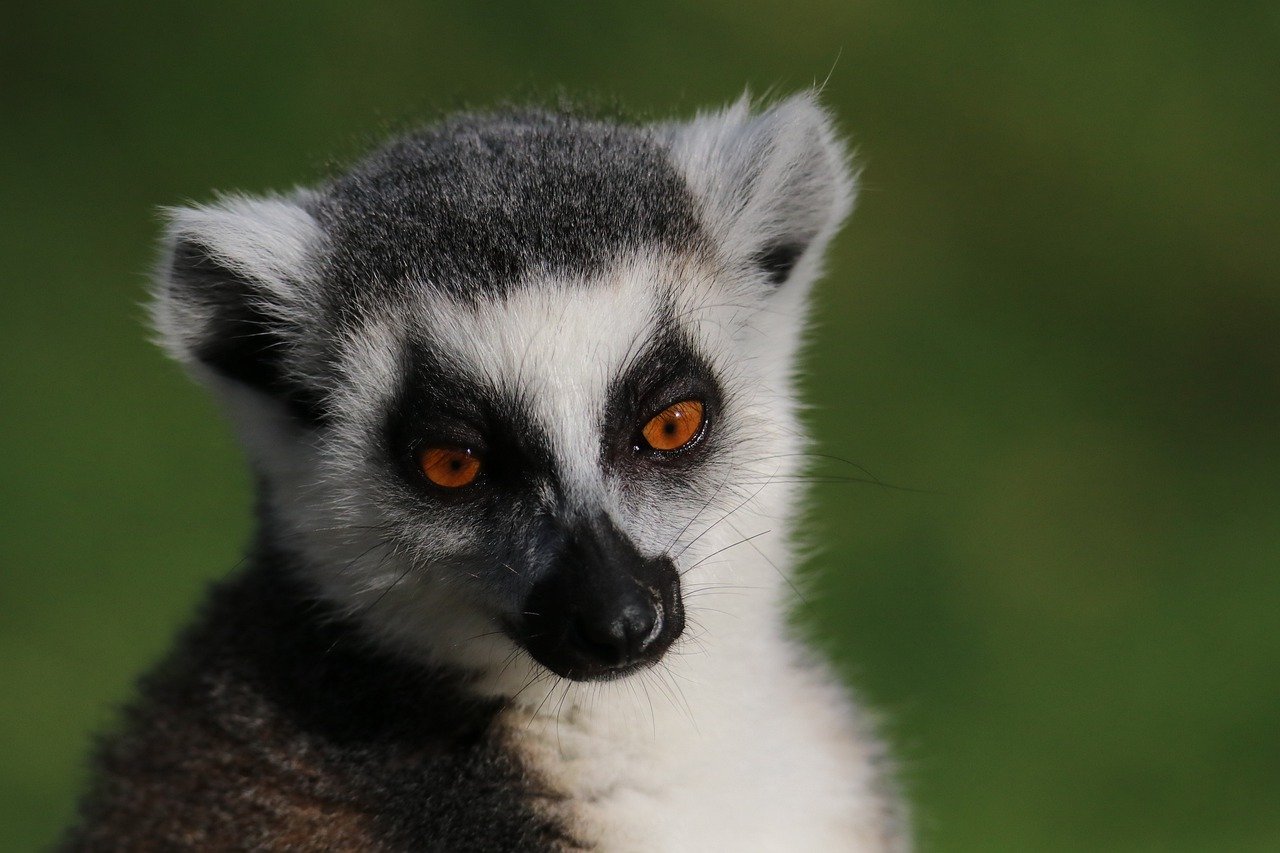
Urban areas are often like a magnet for , drawing them in as cities expand and natural landscapes are altered. These species, which are not native to the region, can adapt quickly to urban environments, often outcompeting local flora and fauna for resources. Imagine a new kid on the block who not only takes over the playground but also pushes the local kids aside—this is exactly how invasive species operate within ecosystems.
One of the most significant challenges posed by invasive species is their ability to disrupt the delicate balance of local ecosystems. For instance, when a non-native plant species invades an area, it can choke out native plants, leading to a cascade of effects. Without these native plants, the local insects that depend on them for food may decline, which in turn affects the birds and other wildlife that feed on those insects. This chain reaction can lead to a dramatic decrease in biodiversity, making ecosystems less resilient to environmental changes.
In urban settings, the presence of invasive species is often exacerbated by human activity. Factors such as land development, pollution, and climate change can create ideal conditions for these species to thrive. For example, the common buckthorn, an invasive shrub, thrives in disturbed soils and can quickly dominate over native plants. This not only reduces biodiversity but also alters the habitat in ways that can affect local wildlife.
To illustrate the impact of invasive species, consider the following table that highlights some common invasive species found in urban areas and their effects:
| Invasive Species | Impact on Local Biodiversity |
|---|---|
| Common Buckthorn | Displaces native shrubs and trees, reducing habitat for birds and insects. |
| Japanese Knotweed | Can damage infrastructure and outcompetes native plants, leading to erosion. |
| Garlic Mustard | Produces chemicals that hinder the growth of native plants and disrupts ecosystems. |
Moreover, the spread of invasive species can also lead to economic consequences for urban areas. The costs associated with managing these species can be substantial, including the need for remediation efforts, loss of property value, and impacts on local agriculture. Communities may find themselves spending significant resources trying to control these invaders, which could have been better spent on conservation efforts for native species.
In conclusion, the presence of invasive species in urban environments poses a serious threat to local biodiversity. It’s crucial for city planners, conservationists, and the community to work together to monitor and manage these species effectively. By understanding the dynamics of invasive species, we can take steps to mitigate their impact and preserve the unique biodiversity that urban areas can still offer.

Urbanization is a double-edged sword; while it brings economic growth and modern conveniences, it also leads to a plethora of pollution issues that can have devastating effects on local biodiversity. As cities expand, they often become hotbeds for various forms of pollution, including air, water, and soil contamination. Each type of pollution presents unique challenges that not only threaten the health of local wildlife but also disrupt the delicate balance of ecosystems. Understanding these pollution effects is crucial for developing strategies to mitigate their impact.
One of the most pressing issues is air pollution. In urban areas, emissions from vehicles, factories, and other sources release harmful pollutants into the atmosphere. These pollutants can lead to poor air quality, which affects not just human health but also the health of local flora and fauna. Sensitive species, such as birds and insects, can experience declines in population due to respiratory issues caused by polluted air. For instance, studies have shown that urban birds often have higher stress levels and lower reproductive success in polluted environments. This creates a ripple effect, impacting the entire food web.
Next on the list is water quality. Urban runoff, which occurs when rainwater flows over impervious surfaces like roads and rooftops, can carry a host of pollutants into local waterways. This runoff can introduce heavy metals, oils, and chemicals into rivers, lakes, and streams, creating an environment that is inhospitable for aquatic life. For example, fish populations can suffer from decreased oxygen levels and increased toxicity in their habitats. The table below illustrates some common pollutants found in urban runoff and their effects on aquatic ecosystems:
| Pollutant | Source | Effect on Aquatic Life |
|---|---|---|
| Heavy Metals | Industrial discharge, vehicle wear | Bioaccumulation, toxic effects on fish |
| Nutrients (Nitrogen and Phosphorus) | Fertilizer runoff, wastewater | Eutrophication, algal blooms |
| Oils and Greases | Vehicle leaks, spills | Reduced oxygen levels, habitat degradation |
Soil pollution is another critical concern in urban environments. Contaminants such as heavy metals, pesticides, and industrial waste can accumulate in the soil, affecting plant health and growth. Plants are the foundation of any ecosystem, and when they are compromised, it can lead to a domino effect that impacts herbivores and, subsequently, predators. Additionally, soil pollution can also affect groundwater, further complicating the issue by introducing toxins into drinking water supplies.
Urban pollution not only harms individual species but also disrupts entire ecosystems. For example, when air and water quality decline, the natural balance of predator-prey relationships can be thrown into disarray. Predators may struggle to find healthy prey, while prey species may face increased competition and stress. This disruption can lead to a decline in biodiversity, making urban ecosystems less resilient to environmental changes.
In summary, pollution in urban areas poses a significant threat to local biodiversity. The effects of air, water, and soil contamination can lead to declines in species populations, disrupted ecosystems, and a loss of natural habitats. Addressing these pollution challenges requires a concerted effort from city planners, policymakers, and communities alike. By prioritizing sustainable practices and reducing pollution, we can help safeguard the rich biodiversity that still exists in our urban landscapes.
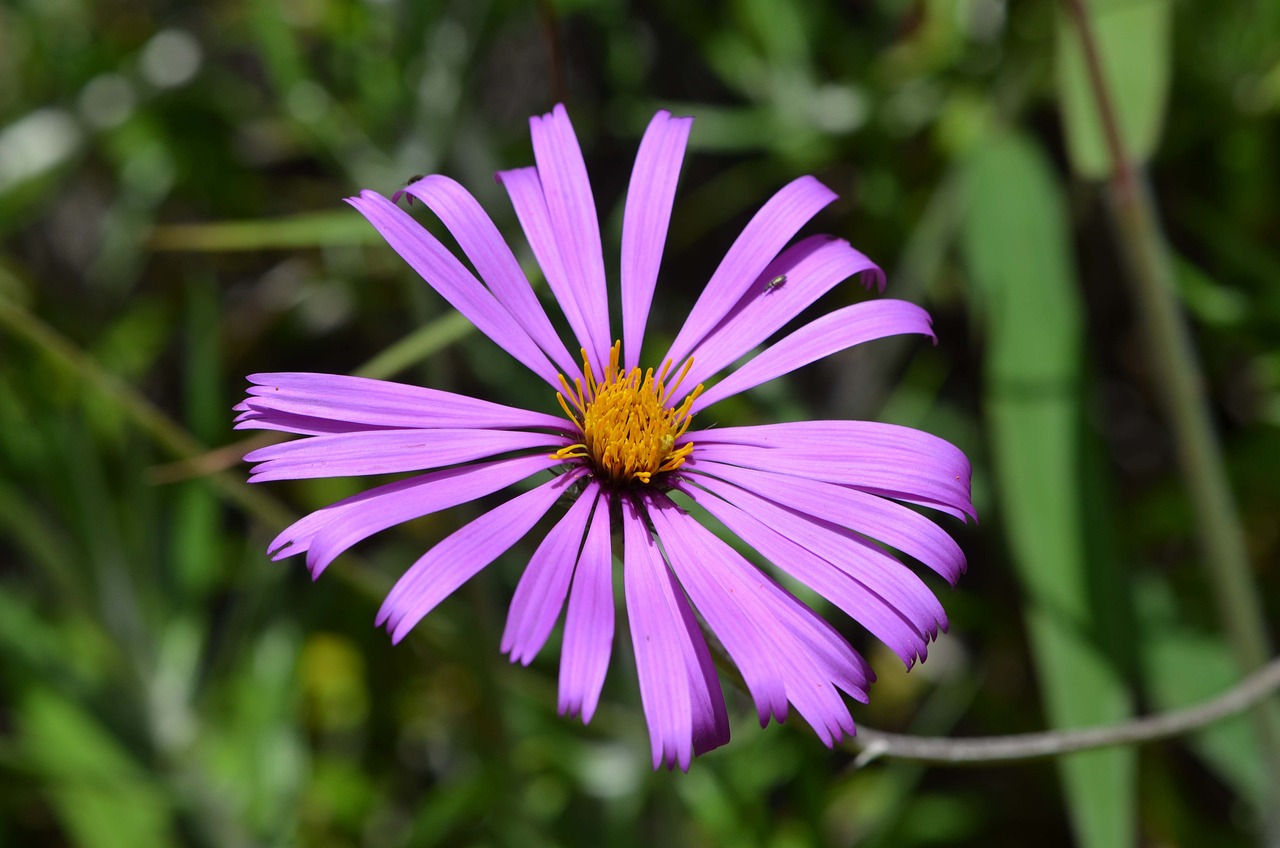
Air quality in urban areas is a pressing concern that affects not only human health but also the delicate balance of local biodiversity. As cities expand, they become hotbeds of pollution, with vehicles, industrial activities, and construction contributing to a toxic cocktail of airborne contaminants. These pollutants can have a profound impact on sensitive species, leading to a decline in their populations and altering the overall ecosystem dynamics. For instance, particulate matter and nitrogen oxides can impair respiratory functions in birds, insects, and even plants, making it increasingly challenging for them to thrive in urban environments.
Moreover, the effects of poor air quality can create a cascading impact throughout the food web. When primary producers, like plants, struggle to survive due to air pollution, it has a ripple effect on herbivores and, subsequently, on predators. This disruption can lead to a loss of biodiversity, as certain species may not be able to adapt quickly enough to the changing conditions. Consider the analogy of a well-tuned orchestra: if one instrument goes out of tune, it affects the entire performance. Similarly, when air quality deteriorates, it disrupts the harmony of urban ecosystems.
To illustrate the severity of air pollution in urban areas, let's take a look at the following table that highlights common air pollutants and their sources:
| Pollutant | Source | Impact on Biodiversity |
|---|---|---|
| Particulate Matter (PM2.5) | Vehicle emissions, construction dust | Respiratory issues in wildlife, reduced plant growth |
| Nitrogen Dioxide (NO2) | Traffic, power plants | Altered plant nutrient cycles, harm to sensitive species |
| Ozone (O3) | Sunlight reacting with pollutants | Damage to leaf tissues, reduced photosynthesis |
In addition to the direct effects on species, poor air quality can also lead to habitat degradation. For example, urban areas with high levels of air pollution often experience acid rain, which can harm soil quality and water bodies. This degradation further exacerbates the challenges faced by local flora and fauna, creating a vicious cycle of decline. It's crucial for urban planners and policymakers to recognize the importance of improving air quality not just for human health, but for the survival of diverse species that share our urban spaces.
To combat these issues, cities can implement various strategies aimed at improving air quality. These include increasing green spaces, promoting public transportation, and encouraging the use of renewable energy sources. By taking these steps, urban areas can create a healthier environment for both residents and local wildlife. After all, a thriving city is one where nature and urban life coexist harmoniously, benefiting all forms of life.
The primary sources include vehicle emissions, industrial discharges, construction activities, and energy production.
Poor air quality can lead to respiratory problems in animals, disrupt their reproductive systems, and reduce food availability due to harm to plants.
Implementing more green spaces, enhancing public transportation, and promoting clean energy are effective strategies to improve urban air quality.
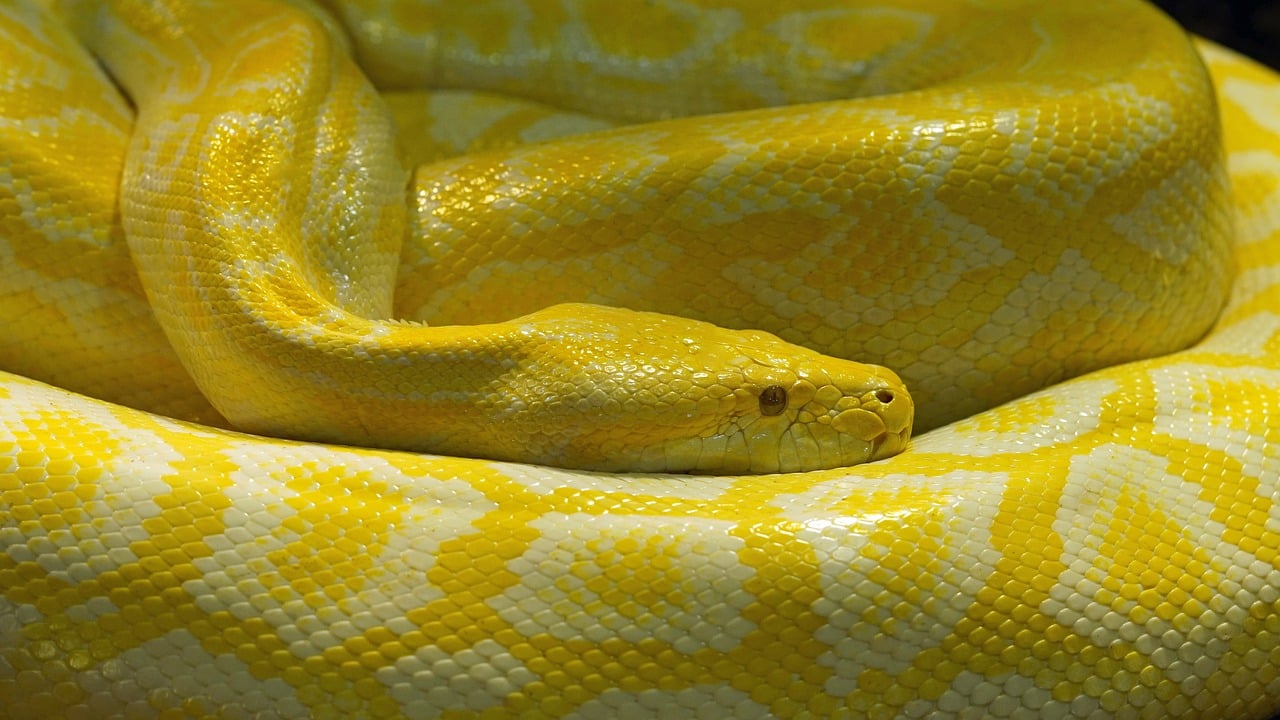
Urbanization significantly impacts water quality, leading to a cascade of consequences for local ecosystems. In cities, the natural filtration processes provided by soil and vegetation are often replaced by impervious surfaces like asphalt and concrete. This change not only increases the volume of stormwater runoff but also alters its composition, introducing a cocktail of pollutants into local waterways. These pollutants can include heavy metals, nutrients, and sediments, which can severely impact aquatic life.
When rain falls on urban areas, it washes away contaminants from roads, buildings, and other surfaces. This runoff can carry:
The consequences of poor water quality are profound. Aquatic species, particularly those sensitive to changes in their environment, can suffer from reduced populations or even local extinction. For example, fish species that require clean, oxygen-rich waters may find it increasingly difficult to survive as their habitats become polluted. Furthermore, the health of the entire aquatic ecosystem is jeopardized, leading to a decline in biodiversity.
In addition to affecting wildlife, poor water quality can also impact human communities. Contaminated water sources can lead to health issues for residents, particularly in areas where drinking water is sourced from local rivers or lakes. The economic implications can be significant as well, affecting industries such as fishing and tourism that rely on healthy aquatic ecosystems.
Addressing water quality issues in urban areas requires a multi-faceted approach. Strategies can include:
In conclusion, maintaining and improving water quality in urban environments is crucial for the health of both local ecosystems and human populations. As cities continue to expand, proactive measures must be taken to mitigate the negative impacts of urbanization on water systems, ensuring a sustainable future for all species that depend on these vital resources.
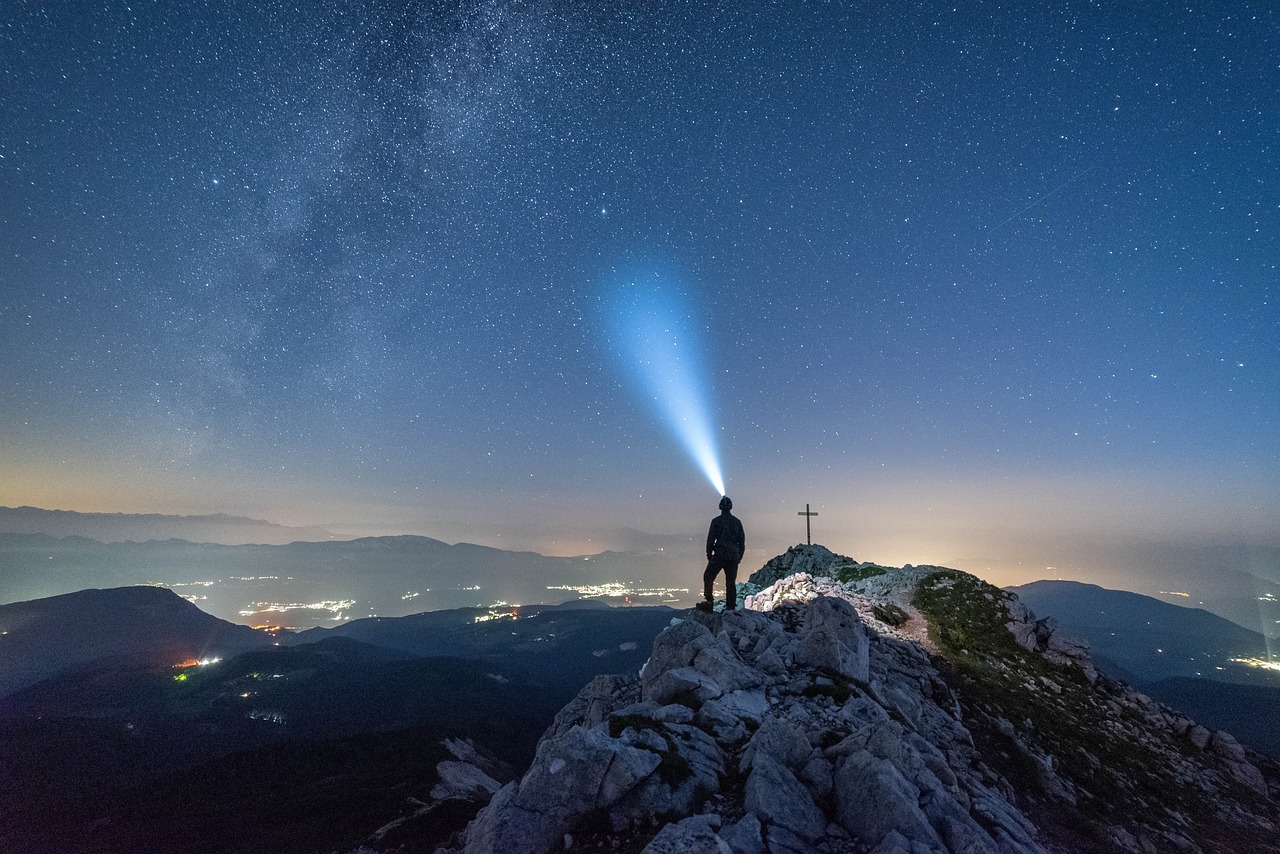
In the hustle and bustle of urban life, it’s easy to overlook the importance of green spaces. These patches of nature, whether they are parks, gardens, or even green roofs, are not just pretty places to stroll or have a picnic; they are crucial for maintaining local biodiversity. Think of green spaces as the lungs of a city, breathing life into an otherwise concrete jungle. They provide essential habitats for a variety of species, from birds and insects to small mammals and plants, creating a sanctuary where biodiversity can thrive amidst urbanization.
As cities expand, the integration of green spaces into urban planning becomes more vital than ever. These areas serve not only as recreational spots for residents but also as vital ecosystems that support wildlife. For example, urban parks can act as refuge zones for native species, offering food, shelter, and breeding grounds. This is particularly important as many species face habitat loss due to urban sprawl. In fact, studies have shown that urban areas with more green spaces tend to have higher biodiversity levels. This is a clear indication that the presence of nature within cities can mitigate some of the negative impacts of urbanization on local ecosystems.
Moreover, green spaces play a significant role in connecting fragmented habitats. When we think about urbanization, we often envision buildings and roads that divide natural areas into isolated patches. However, creating interconnected green spaces can help bridge these gaps, allowing species to move freely and interact with one another. This is where the concept of urban wildlife corridors comes into play. These corridors can be as simple as tree-lined streets or as elaborate as dedicated pathways that link parks across the city. By facilitating movement, wildlife corridors not only help maintain genetic diversity but also enhance the resilience of ecosystems against environmental changes.
Another important aspect to consider is how green spaces can help combat the effects of climate change. Urban areas are notorious for their "heat island" effect, where temperatures can be significantly higher than in surrounding rural areas. Green spaces help mitigate this by providing shade and cooling through evapotranspiration. Additionally, they can improve air quality and reduce stormwater runoff, further benefiting local biodiversity. By absorbing pollutants and providing a buffer against flooding, green spaces act as natural solutions to some of the most pressing environmental challenges faced by urban areas.
Community engagement is also a key factor in enhancing urban biodiversity through green spaces. When local residents participate in the creation and maintenance of parks and gardens, they develop a sense of ownership and responsibility towards these natural areas. Successful case studies have shown that community-led initiatives can lead to the restoration of degraded habitats and the introduction of native plant species, which in turn attract local wildlife. This grassroots approach not only fosters biodiversity but also strengthens community ties and promotes environmental stewardship.
In conclusion, the presence of green spaces in urban areas is not merely an aesthetic choice but a necessity for biodiversity conservation. As cities continue to grow, it is crucial to prioritize the integration of nature into urban planning. By doing so, we can create vibrant ecosystems that not only support wildlife but also enhance the quality of life for urban residents. Remember, every little green patch counts!
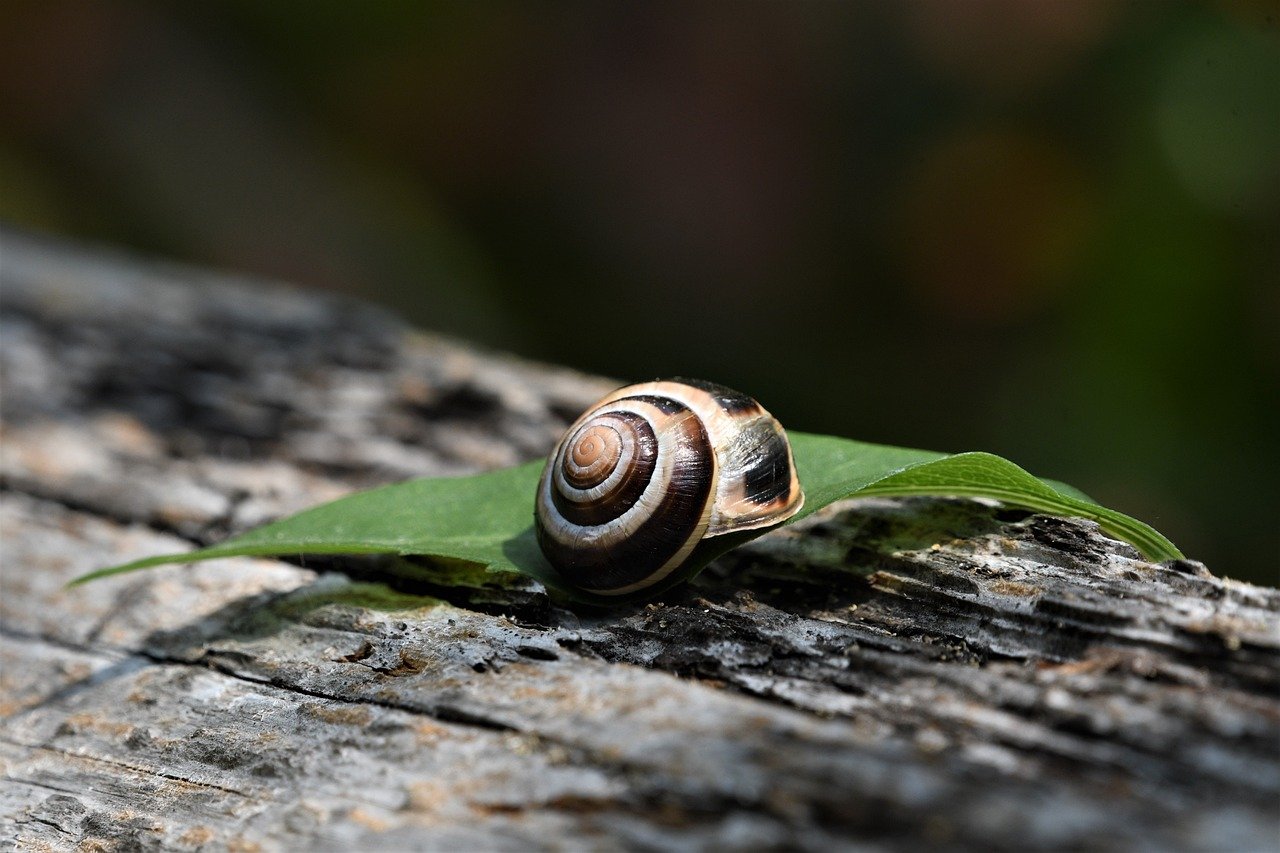
Urban wildlife corridors are essential lifelines for many species navigating the increasingly fragmented landscapes of our cities. As urbanization continues to expand, natural habitats are often divided by roads, buildings, and other human-made structures, creating barriers that hinder the movement of wildlife. These corridors act like bridges, allowing animals to traverse urban areas safely and maintain genetic diversity, which is crucial for their survival. Imagine a bustling city where deer, foxes, and even birds can move freely from one green space to another, reducing the risk of inbreeding and supporting healthier populations. It's a win-win for both wildlife and the ecosystem.
Moreover, urban wildlife corridors can be designed in various forms, including parks, green roofs, and even green walls. They can serve as critical pathways that connect isolated habitats, ensuring that species have access to necessary resources such as food, water, and shelter. For instance, a corridor could link a large park on one side of the city with a nature reserve on the other, allowing animals to migrate, forage, and reproduce without the threat of urban dangers. The strategic placement of these corridors can significantly enhance biodiversity, allowing species to thrive even in densely populated areas.
Creating effective wildlife corridors requires careful planning and community involvement. Urban planners and ecologists must collaborate to identify key areas where these corridors can be established. This often involves analyzing existing habitats and understanding the movement patterns of local wildlife. Community engagement plays a vital role in this process, as residents can provide valuable insights and support for conservation efforts. Initiatives such as community gardens or tree planting events can bolster these corridors, making them not just functional, but also beautiful spaces that enhance the urban environment.
In addition to benefiting wildlife, these corridors also promote human well-being. They can serve as recreational spaces for city dwellers, providing opportunities for hiking, bird watching, and simply enjoying nature. Imagine walking through a lush corridor filled with native plants, where the sounds of chirping birds and rustling leaves create a serene escape from the urban hustle and bustle. This connection to nature can improve mental health, foster community spirit, and contribute to a more sustainable urban future.
In conclusion, urban wildlife corridors are more than just pathways for animals; they are vital components of a healthy urban ecosystem. By integrating these corridors into our cities, we not only support local biodiversity but also enhance the quality of life for all residents. As we continue to urbanize, the challenge lies in finding innovative ways to coexist with nature, ensuring that our cities thrive alongside the wildlife that shares our space.
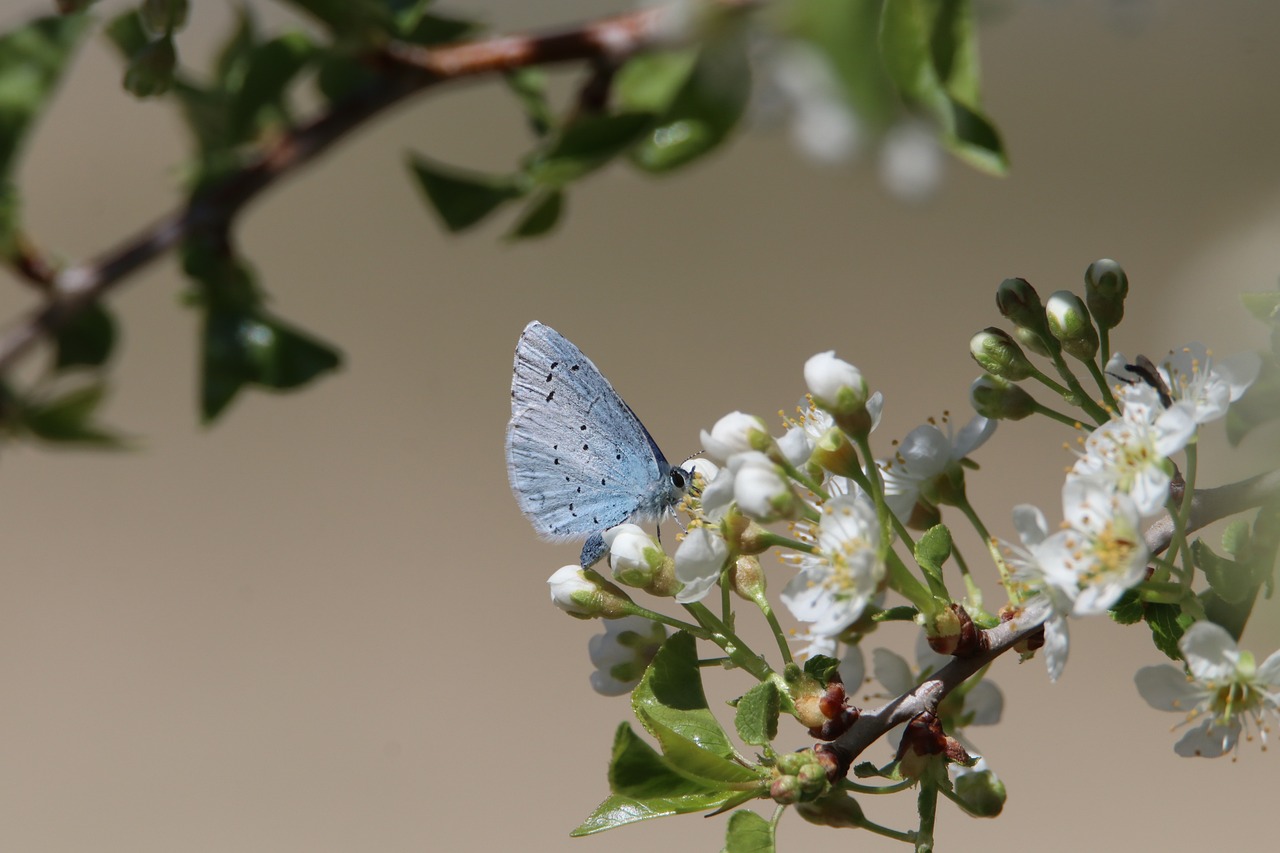
Community engagement plays a pivotal role in enhancing urban biodiversity, acting as a bridge between residents and their local ecosystems. When communities come together with a shared vision for their environment, the results can be transformative. Imagine a neighborhood where residents not only enjoy their parks but actively participate in their maintenance and improvement. This level of involvement fosters a sense of ownership and stewardship, making it more likely that local biodiversity will thrive.
One of the most effective ways communities can engage is through organized volunteer initiatives. These initiatives can range from tree planting events to clean-up drives in local parks. Such activities not only beautify the area but also provide essential habitat for various species. For instance, planting native trees and shrubs can create a welcoming environment for birds and insects, which in turn helps maintain a balanced ecosystem. Here are some common activities that encourage community engagement:
Moreover, successful case studies demonstrate how community engagement can lead to significant biodiversity conservation efforts. For example, in one city, residents collaborated with local government to transform a vacant lot into a vibrant green space. This initiative not only provided a recreational area for families but also attracted various bird species, enhancing the local ecosystem. By involving the community in the planning and decision-making processes, these projects are more likely to succeed and be sustained over time.
It's essential to recognize that community engagement is not just about action; it's also about communication. Establishing open lines of dialogue between local authorities and residents can facilitate better planning and implementation of biodiversity initiatives. When people feel heard and valued, they are more likely to contribute positively to their environment. Social media platforms and community boards can serve as excellent tools for sharing information, organizing events, and celebrating successes.
In conclusion, community engagement is a vital component of urban biodiversity conservation. By fostering a culture of participation and collaboration, cities can create environments where both people and nature flourish together. As we look to the future, it's clear that the health of our urban ecosystems will depend largely on the active involvement of local communities.
1. Why is community engagement important for biodiversity?
Community engagement is crucial because it empowers residents to take an active role in maintaining and enhancing their local ecosystems. Engaged communities are more likely to advocate for sustainable practices and support biodiversity initiatives.
2. How can I get involved in my community's biodiversity efforts?
You can participate by joining local environmental groups, volunteering for community clean-up events, or attending workshops focused on sustainable practices. Many cities have dedicated programs that welcome volunteers.
3. What are some simple actions I can take to support local biodiversity?
You can start by planting native species in your garden, reducing pesticide use, and creating habitats for wildlife, such as birdhouses or bee hotels. Every small action contributes to a larger impact.
4. How can social media help in community engagement?
Social media platforms can facilitate communication, allowing residents to share information, organize events, and celebrate local biodiversity successes. They can also raise awareness about conservation issues and mobilize support.
Urbanization refers to the process of cities expanding and developing, often leading to the alteration or loss of natural habitats. This expansion can significantly impact local biodiversity by destroying habitats, fragmenting ecosystems, and introducing pollution, all of which can threaten the survival of various species.
Habitat loss can lead to a decline in local wildlife populations as animals lose their homes and food sources. This can result in decreased species diversity and even extinction of vulnerable species, as they struggle to adapt to the rapidly changing environment.
Edge effects refer to the changes in population or community structures that occur at the boundary between two habitats. In urban environments, these edges can alter microclimates and species interactions, impacting biodiversity by creating conditions that favor certain species over others.
Invasive species can outcompete native species for resources, leading to a decline in biodiversity. Urban areas often provide ideal conditions for these invaders to thrive, which can disrupt local ecosystems and diminish the resilience of native species.
Air, water, and soil pollution are significant threats to urban biodiversity. Poor air quality can harm sensitive species, while urban runoff can contaminate waterways, leading to detrimental effects on aquatic ecosystems and the species that depend on them.
Absolutely! Green spaces, such as parks and gardens, can provide essential habitats for various species. They can also serve as important corridors for wildlife, helping to connect fragmented habitats and support biodiversity within urban settings.
Community engagement is crucial for biodiversity conservation in urban areas. Local initiatives can lead to the creation and maintenance of green spaces, promote awareness, and encourage participation in biodiversity projects, ultimately benefiting local ecosystems.